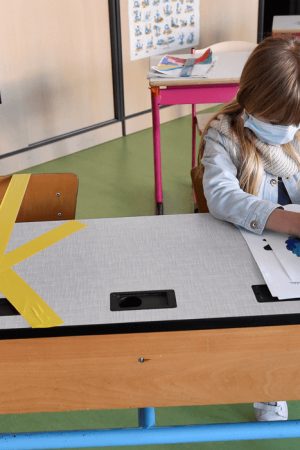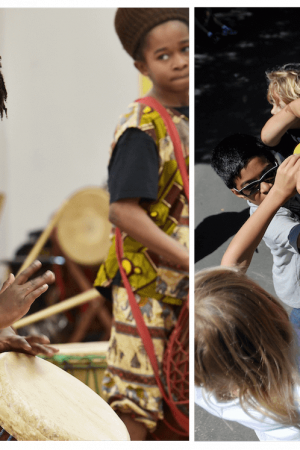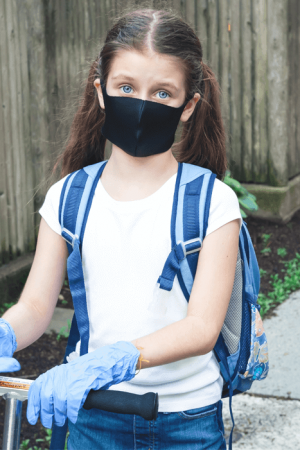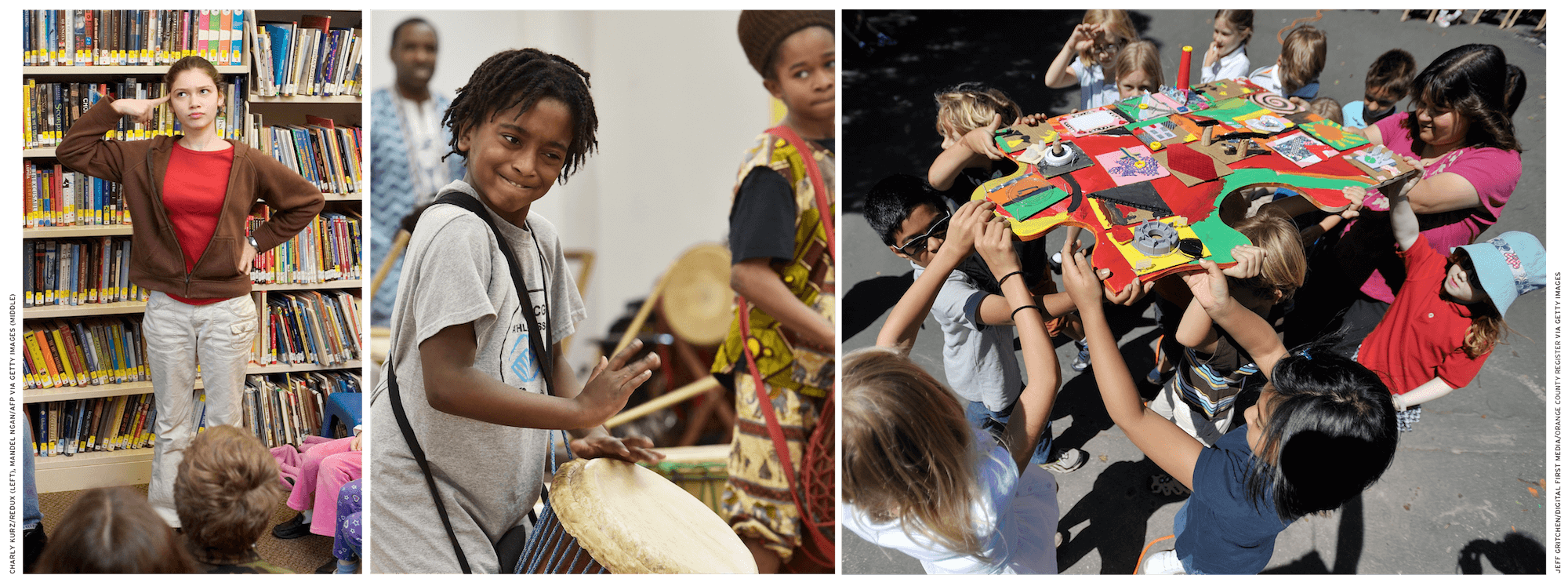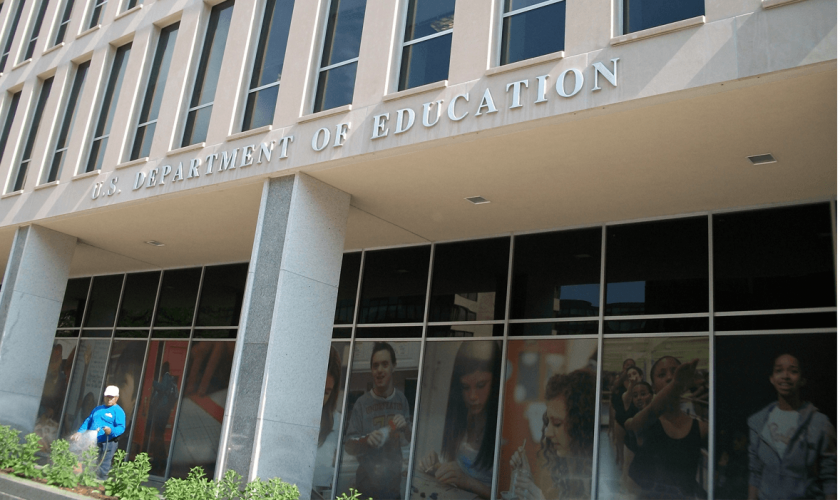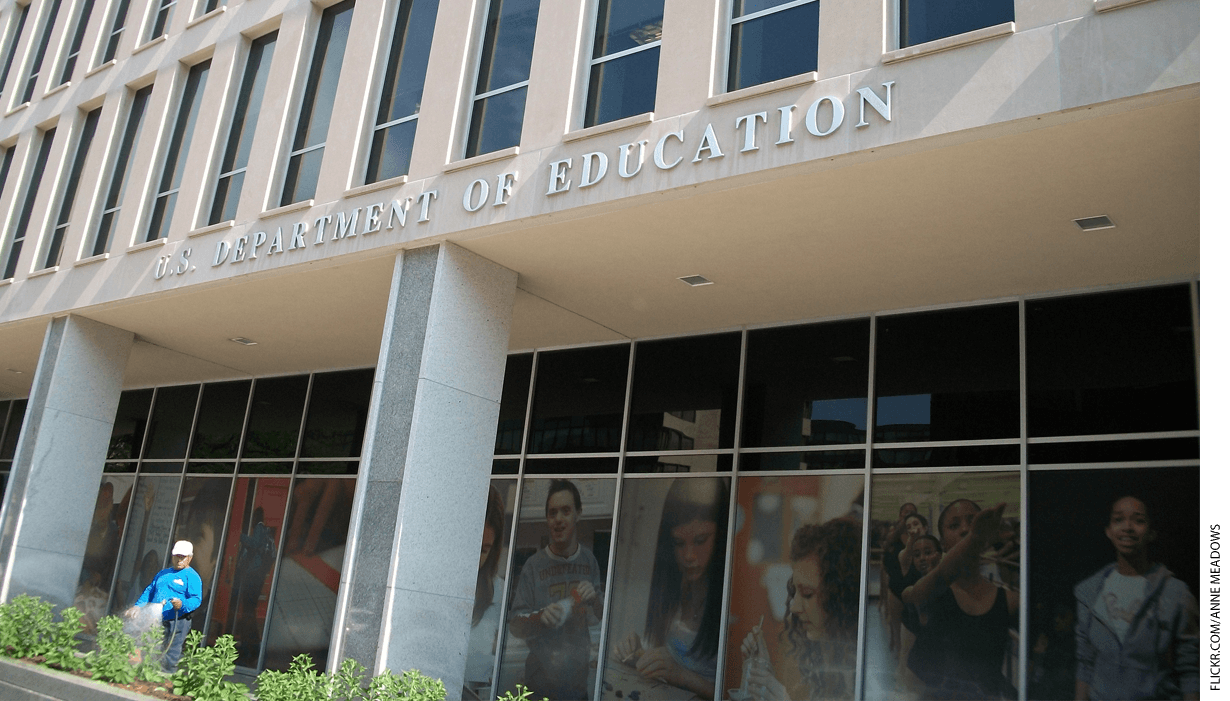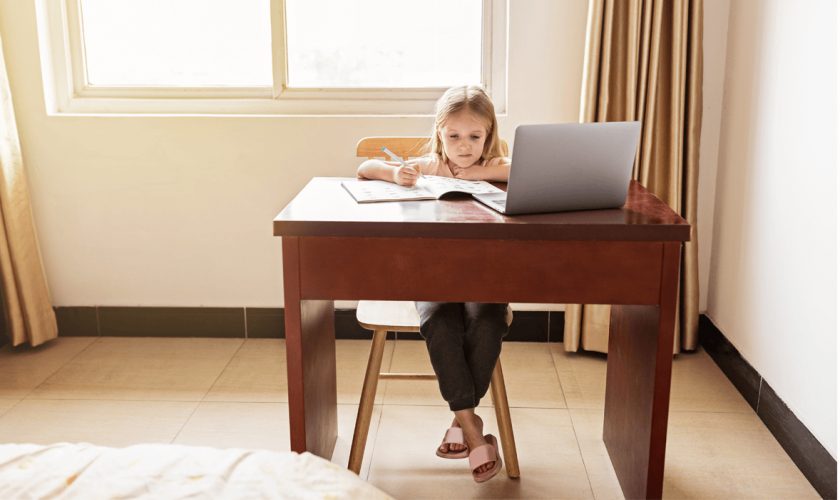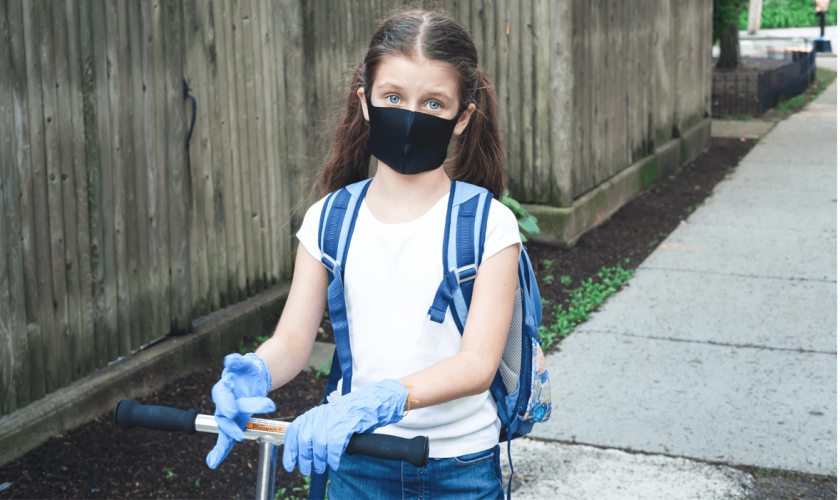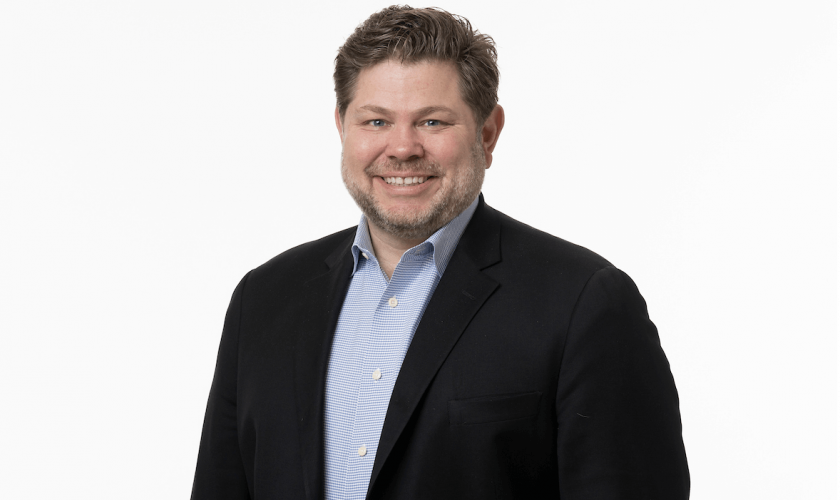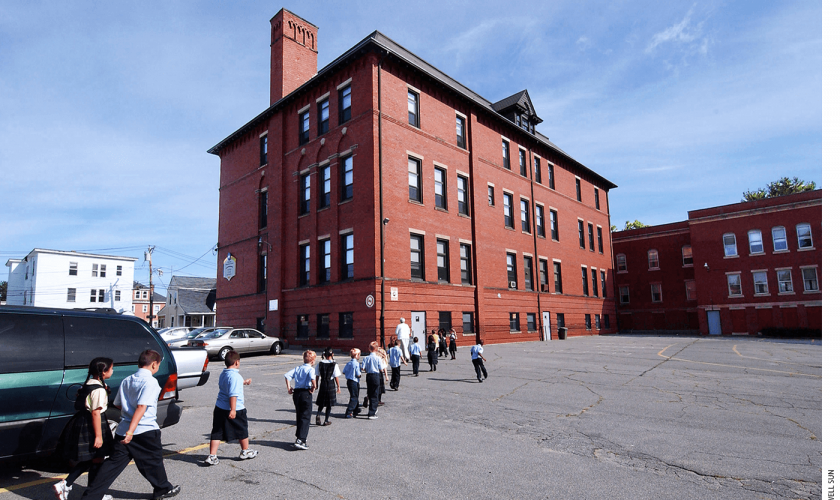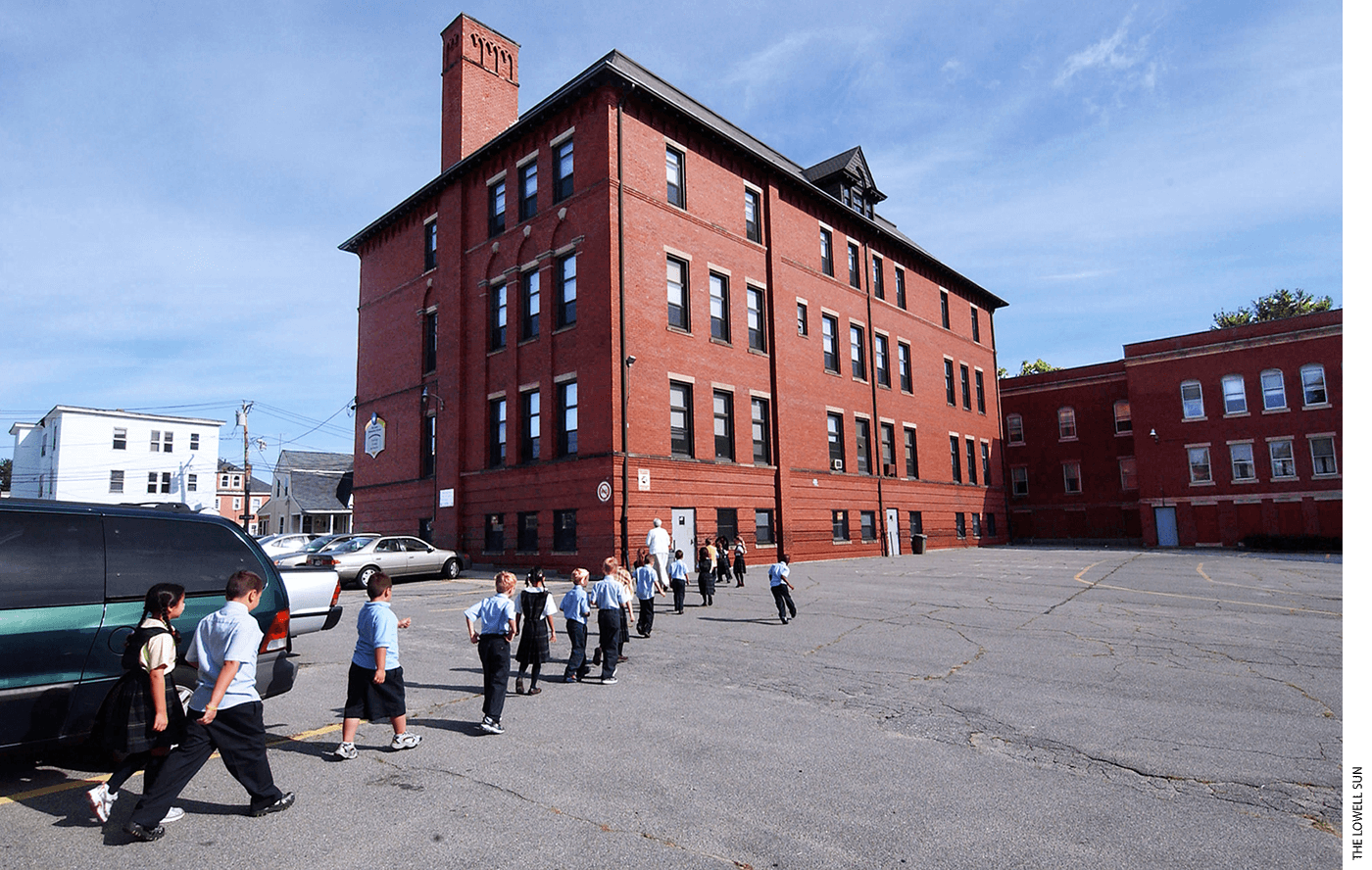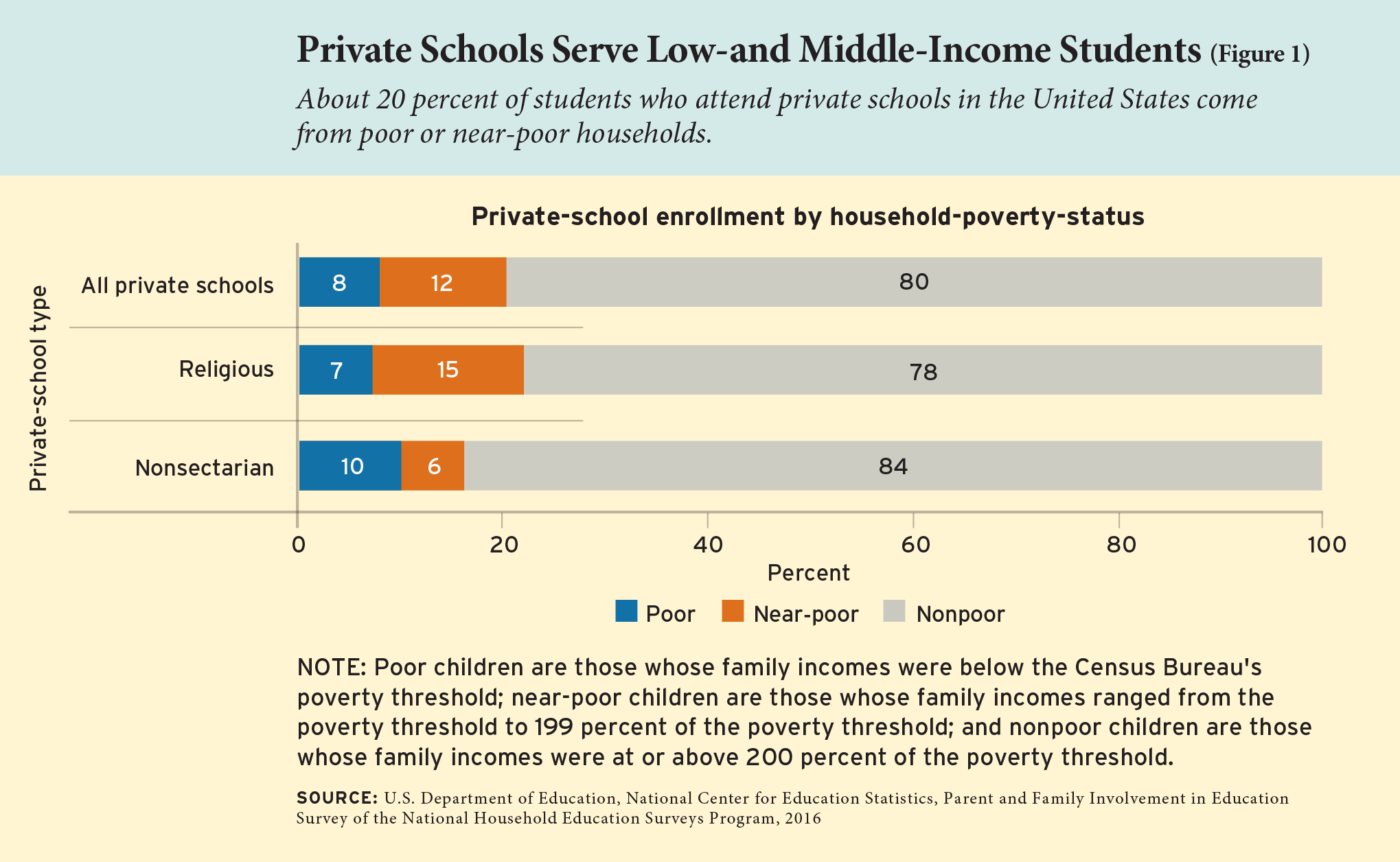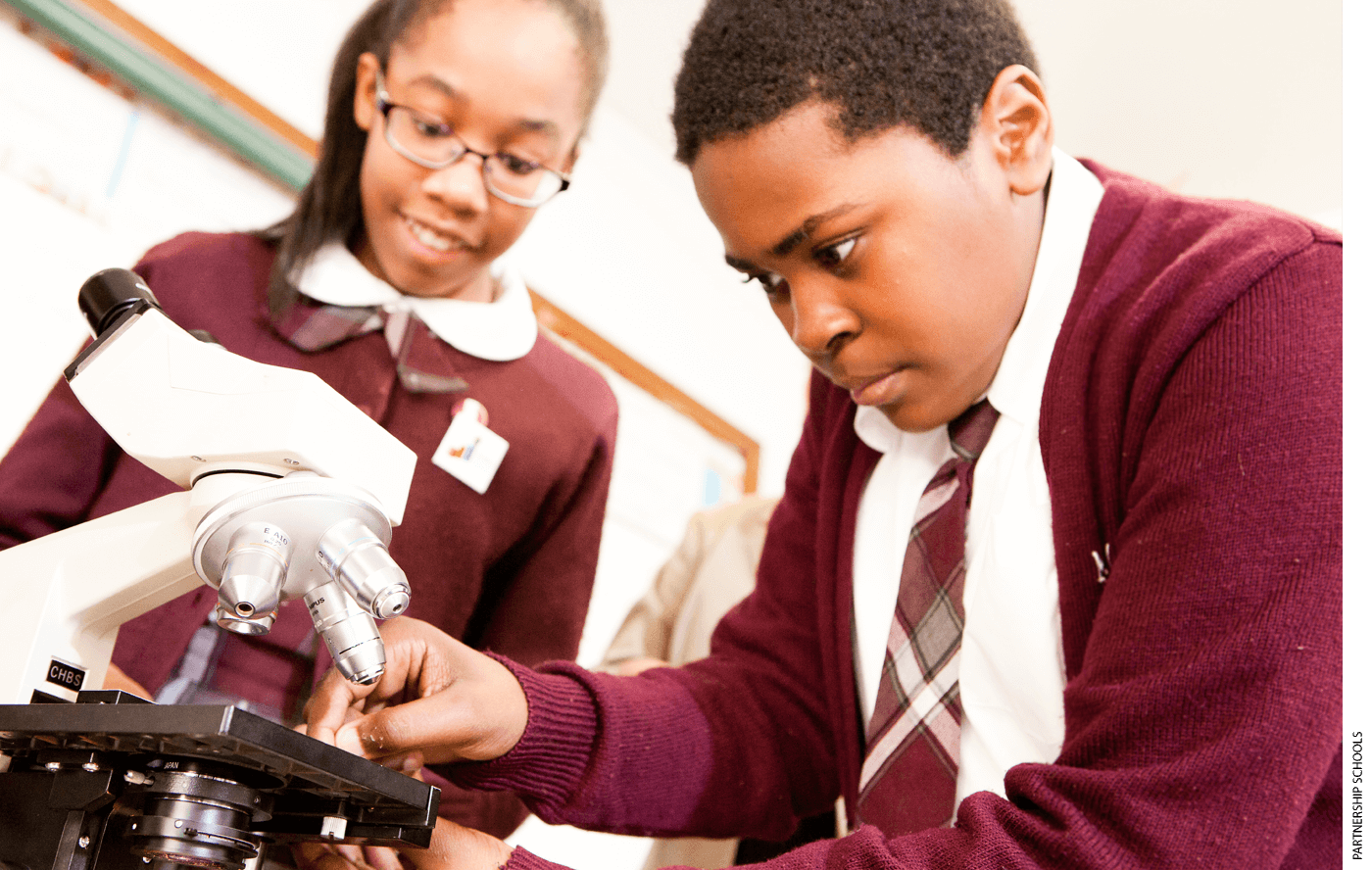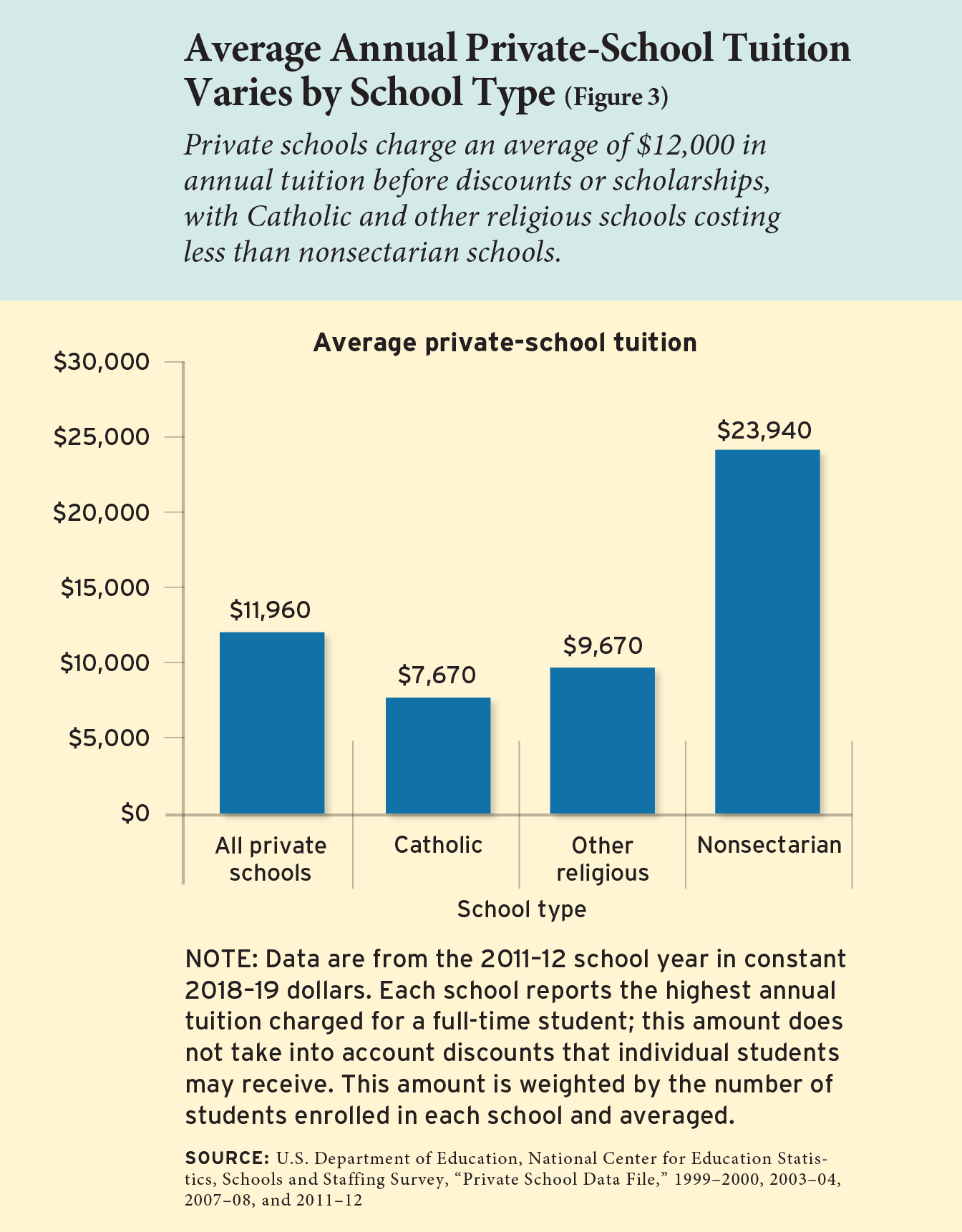
A consensus keeps growing among nutritionists that American schools, almost all which closed their doors this March, will be able to reopen within the fall. Dr. Anthony Fauci, director from the National Institute of Allergy and Infectious Diseases, said in early June that \”the concept of keeping schools closed in the fall because of safety concerns for children may be 'a bit of a reach.'\”
That's good news: the earlier kids get back to school, the earlier K -12 educators can start to deal with the student-learning losses that have surely resulted from the closures. Reopening the schools is also fundamental to reopening businesses as part of the economic recovery. But the prospect of restarting is likely a resource of tension for educators, because of the amount of decisions they need to make as well as their concerns concerning the safety and health of students, school employees, and also the extended community. Fauci's counterpart in the Centers for Disease Control, Robert Redfield, warns that we all need to be ready for a resurgence of the virus next winter that may \”actually be even more complicated compared to one we just went through\” and force a second round of closures.
The school-reopening guidance offered by the CDC naturally concentrates on public-health considerations, leaving it to educators to plan how to keep students and staff safe while also meeting students' educational needs. Even if public officials deem it safe for schools to reopen, as seems likely, some parents will still hesitate to transmit their kids back to school, and some educators-those whose age or health problems place them at risk-may 't be capable of return. What's more, school leaders may be working with tighter budgets because of the economic shutdowns in addition to increased costs associated with accommodating the CDC measures.
These challenges and disruptions are forcing school leaders and communities to review every facet of education-including the inequities that have stubbornly persisted in the system but happen to be exposed during Covid-19. The May 25 killing of George Floyd by police in Minneapolis has triggered an enormous public response and prompted a minute of reckoning. This moment poses uncomfortable questions for an education system where only 19 percent of black students are proficient in reading and 16 percent are proficient in math. In Minneapolis, 43 percent of black students never finish high school. From this backdrop, early indications are that the students who have been hurt probably the most academically through the closing of schools are black and low-income students. If black lives matter, then surely black students' education matters, too. Too many of these young people were already struggling in a system which was not serving them well. Sending these students to \”school as normal\” means returning to continually failing them.
The rethinking of schooling that was forced through the pandemic can serve as an opportunity to introduce some long-overdue reforms and improvements to higher serve students, particularly students of color. The task ahead of us isn't reopening schools normally but building an education system that's more resilient and equitable.

This central real question is difficult to answer definitively, because scientists are still attempting to know how the virus transmits, whether it's seasonal, and if reinfection is possible. Some youngsters are asymptomatic even when testing positive for the virus. Schools will have to begin their preparations in line with the best current knowledge of herpes after which modify their plans as new knowledge comes to light.
There are four primary medical questions highly relevant to schools' planning efforts, the solutions to which will originate from medical studies as well as the experiences of schools that reopened abroad in May:
The Irish Health Service Executive
There are a few researchers who disagree. One study conducted by German scientists suggested that youngsters may indeed be as infectious as adults. Several countries also experienced isolated spikes of Covid-19 cases in certain areas after schools started up again.
Sorely needed additional research is forthcoming. In the usa, the National Institute of Allergy and Infectious Diseases, which is area of the National Institutes of Health, is studying 6,000 people, both children and their families, from 11 cities during the period of 6 months to better understand how Covid-19 spreads among adults and children. These findings, and results from others enjoy it, will help inform better decisionmaking going forward.
The model from the Institute for Health Metrics and Evaluation at the University of Washington aims to exhibit where disease curves are within a state and to project where they could be moving in coming weeks, to assist determine the most effective measures for manipulating the spread of the coronavirus.
Carnegie Mellon's COVIDcast displays real-time information on symptoms, doctor visits, tests, surveys administered through Facebook, and Internet searches from Google associated with Covid-19, including estimated disease activity at the county level. The key and lagging indicators made by this model may help forecast additional waves from the virus.
The CDC is trying to develop better estimates using 13 different models to build up a consensus forecast. The resulting chart looks like the \”spaghetti\” models used in forecasting hurricane paths. All of these research initiatives will lead to more nuanced and localized actions in the fall instead of the blunt statewide actions previously imposed.
School leaders and policymakers don't have the posh of waiting for better research and forecasts to begin their planning. Instead, they'll need to create plans that may change over time and develop the organizational capabilities to quickly evaluate new guidance and translate it into practice. It is this capability to adapt that creates the resiliency needed when confronting uncertainty and changing circumstances.
In May, the American Enterprise Institute created a bipartisan group of 21 former federal officials (spanning the Clinton, George W. Bush, and Obama administrations), state school chiefs, charter-school leaders, and superintendents with experience leading through moments of crisis. Their charge ended up being to think through broad areas that school leaders and policymakers will have to consider before they could reopen schools safely and responsibly. The end result would be a \”blueprint\” touching on several issues, including: school operations; supports for the entire child; protecting school personnel; addressing academic challenges; and improving learning online. It also stresses the significance of communication with parents, educators, and community members.
Above everything else, the fluidity of the crisis requires close collaboration among state policymakers, school leaders, public-health officials, and community leaders. Schools can open only when local and state health officials express it is protected to do so. The same public-health officials, in coordination with governors, mayors, and college leaders, should be the ones who determine if closures are essential within the coming school year in reaction to a local outbreak. Communicating with parents is also paramount, and families should know who will make decisions, and how.
Schools will have to use state and local health officials in developing plans for contact tracing along with other disease surveillance, almost as much ast they've during flu season when student absenteeism and sickness are reported. This reporting is particularly essential for public-health data, because the information could reactivate social-distancing measures within a community.
It's important too for educators to talk with parents through channels beyond their school websites. Based on a May 2021 survey conducted by Learning Heroes, 80 percent of oldsters say texting is easily the most effective form of communication for them, but only 28 percent say teachers use it. Teachers and administrators may use a two-way messaging service for example Remind to communicate with each parent or students or perhaps a specific group, such as students who haven't completed an assignment. Schools can also use such platforms to conduct parent surveys and have families check in all year round.
State policymakers can find methods to make the most of policy tools that are offered within their state. States that provide education savings accounts, such as Arizona’s Empowerment Scholarship Accounts or Floridas Gardiner Scholarship Program, which which permit parents to receive public money for private-school tuition and other options, could extend that help to families who decide to not send their child to school. States taking part in the Pandemic Electronic Benefit Transfer program could give extra dollars to low-income families through an atm card they could use at supermarkets to supplement school meals. States offering Course Access programs, which allow individual students to take online courses from the variety of providers, could leverage these catalogs to expand offerings for students continuing in remote learning. This may be an opportunity for states to develop reciprocity agreements that allow students in a single state to take courses approved in another state.

CDC assuring guidelines will necessitate new health and safety measures in schools, among them: procuring masks for faculty and extra cleaning supplies; determining the most efficient method of doing temperature screenings of students before they enter the school; building in additional time to accommodate handwashing and extra cleaning of classrooms; having students eat within their classrooms rather than within the cafeteria; and renovating bathrooms to install CDC-recommended physical barriers between sinks and urinals.
Precautionary measures must also extend to school activities. The Texas Education Agency guidance recommends suspending certain student activities that may accelerate multiplication of Covid-19, such as choir, wind ensembles, and indoor sports. The Sports Medicine Advisory Committee from the National Federation of State High School Associations issued new guidelines for high-school athletics, including categorizing sports by degree of risk, depending on how much physical contact each entails. Football and wrestling, for instance, are higher-risk sports, basketball and baseball involve moderate risk, and running and swimming pose lower risk.
Some of the new technology deployed for learning or safety will present privacy and ethical questions for college leaders. For example, district leaders will have to review online services and digital tools for compliance with state and federal privacy laws. Additional issues emerge with assorted contact-tracing technologies. Schools in New Albany, Ohio, are considering a contact-tracing program which has students wearing bluetooth-enabled bracelets that track their locations throughout the day, where they sit in classrooms, and whom they encounter. This technology could provide some preventive-health benefits, it poses a number of ethical questions, including who will be necessary to seek and supply consent, and at what age children themselves is going to be inspired to consent. What happens if a child or caregiver will not comply with surveillance programs? By engaging parents and advocates early in the process, school leaders can prepare themselves to address such thorny issues.
School leaders will have to think about the social and emotional needs of students because they return to school. The RAND Corporation and also the Collaborative for Academic, Social, and Emotional Learning both have guides to help schools with choosing the right social-emotional assessments for their students. Numerous state reopening plans, for example those from Ohio, Maryland, and Louisiana, provide detailed guidance and resources to aid social and emotional health.
In lower-income districts, leaders might consider adopting a program such as Communities In Schools, which helps schools serve as a hub for that coordination of various social services offered in their neighborhoods. Active in 2,300 schools, this national program provides students and their families with a anchorman of contact in school to coordinate screening and referrals for services such as healthcare, food and clothing, tutoring, and mental health, using the aim of \”surrounding students with a community of support, empowering them to remain in school.\”
Offering robust counseling services in school might help students deal with the trauma that results from the deaths of family and friends, economic hardship from a parent losing his or her job, or abuse, violence, or neglect in your own home. The isolation caused by social distancing can also exacerbate children's depression and anxiety. A May 2021 survey by Echelon Insights revealed that nearly 30 % of parents believed their kids experienced higher anxiety and much more mental health challenges, including depression, because of the Covid-19 pandemic.
Telemedicine offers the opportunity to supplement school nurses and counselors through virtual clinics. Hazel Health, for instance, partners with schools to allow students to receive immediate care through telemedicine by connecting and among the service's network doctors. Manatee offers online mental-health options for students and their families. Through telemedicine, schools can scale up services quickly while also continuing to offer them in times of remote learning.
Data collection on Covid-19 shows that older populations are disproportionately vulnerable to disease severity. The CDC found that individuals over 55 take into account a lot more than 92 percent of all Covid-19 deaths in the usa. Another CDC analysis found that those over 65 composed 45 percent of hospitalizations and 53 percent of admissions to intensive care related to Covid-19.
The CDC recommends that older people-as well as individuals with preexisting health conditions-remain sheltered in place even as social distancing measures are relaxed. These tips poses a substantial challenge for schools, considering that as much as 646,000 private and public school teachers may be unable to return to the classroom due to their risk profile (see Figure 1). The number is likely higher if one counts other school personnel, for example school bus drivers, cafeteria workers, custodians, and other support staff.

A USA Today/IPSOS poll conducted in May reported that certain in five teachers appear at first sight unlikely to return to school if their classrooms reopen within the fall, because of health concerns. The Connecticut Education Association surveyed its members and reported in June 2021 that the staggering 43 percent of them are at higher risk for certain illness from Covid-19 because of age or underlying health problems.
Schools will need to find new roles of these teachers, perhaps as online instructors or tutors. When school closures shut down high-school AP instruction, the College Board created AP online classes and review sessions taught by AP teachers from around the country. States could take a similar approach by using their at-home teachers to develop videos, create online content, or serve as online mentors and tutors. Utah is exploring \”shared delivery\” of instruction, pairing an instructor who is adept at digital teaching with one that performs better in the classroom. Other teachers could find new roles through technology platforms for example Outschool, Weekdays, and BetterLesson, which help match available teaching talent to offline and online opportunities.
Administrators may also wish to offer early-retirement incentives for teachers who are uncomfortable with teaching online or are nearing retirement. State policymakers should consider certification reforms to learn effectively for schools to recruit out-of-state substitutes and teachers.
Finally, given all of the ways teaching will have to change in the coming year, district leaders and teachers unions will have to work together to review their labor agreements. As part of California's reaction to Covid-19 school closures, Governor Gavin Newsom's office facilitated a contract among teachers unions, classified employees, school boards, superintendents, and principals to utilize a specific framework to \”work together on matters at work and management to reduce any impact to students-including direction on implementation and delivery of distance education, special education, and meals through the end from the school year.\” Similar work could help accelerate the reopening of faculties in other states.
The disruption of the school year clearly interrupted student learning, particularly for those who were most vulnerable beforehand. A growing body of research suggests many students will start the brand new school year far behind where they'd normally be.
Four surveys of oldsters conducted between April 27 and May 20 consistently found that parents believe their kids are spending less time on their schoolwork (40 percent of oldsters) and are learning less (46 percent of parents) than they would. McKinsey estimates the instructional disruptions caused by Covid-19 led to nearly 7 months of lost learning on average, with black students losing 10 months and low-income students losing as much as a year.
New research from Opportunity Insights concurs. Researchers analyzed data on 800,000 students who use the online math program Zearn. Comparing usage patterns pre and post school closures, they found that by late April, student participation had fallen by about 48 percent among students from low-income zipcodes and by about 25 percent among students from middle-income zip codes, while participation had increased by about 10 % among those from high-income zip codes (see Figure 2). In specific states and locations, however, low-income students do just as much math as higher-income students, suggesting that school culture and expectations are important in shaping student outcomes. And the overall quantity of appointments with the Zearn platform rose sharply this spring (see Figure 3).


Summer school offers one method to help students catch up. The Center on Reinventing Public Education reports that, by June 3, 61 school districts from a nonrepresentative sample of 100 planned to offer summer school to a minimum of some grade levels, 5 weren't offering summer school, and 34 had yet to announce their plans. In South Carolina, the state department of education plans to offer four-week academic recovery camps providing 25,000 kindergarten-to-3rd-grade students with literacy and math instruction, together with support in social-emotional learning. Rather than summer school, Miami-Dade County Schools plans to start school a month earlier for college students who struggled the most with internet learning.
In initiating the health measures recommended through the CDC, schools will have to think creatively about class schedules to supply the physical distancing required for buses and classrooms. A current plan authored by the American Federation of Teachers recommended that schools consider a \”split schedule\” that alternates days of a few days or times of your day students attend school. Michael Petrilli from the Thomas B. Fordham Institute, a professional editor of Education Next, has suggested this might lead to high schools looking a lot more like colleges. Some students may have an every-other-day schedule, where they attend class in person on some days and work at home or participate in apprenticeships on other days. In the case of younger children, though, unconventional school schedules could wreak havoc with parents' work lives.
Several states are starting to think with the other ways an altered schedule usually takes shape. For example, Maryland's reopening plan offers five options for school districts to think about, including various one- or two-day rotations of in-school learning alternating with learning online.
Educators may use diagnostic assessments to better understand where students stand academically and inform strategies to enable them to catch up. State assessments might be repurposed into optional diagnostic tools. Texas, for example, offered a diagnostic assessment using questions in the State of Texas Assessments of Academic Readiness. Louisiana has additionally designed a selection of diagnostic assessments open to its schools.
If another wave of Covid-19 sweeps through communities, schools may once again have to close and go back to remote learning. It will likely be imperative that schools develop better plans for students with special needs and English-language learners. One approach used in Israel ended up being to open schools for special-needs students while other students took part in remote learning. Concerning were fewer students within the building, students with special needs could more easily follow social-distancing rules and get the individualized support and therapies they needed.
Over summer time, school leaders have the opportunity to collect feedback from parents, teachers, and students to understand what worked and just what didn't in the spring to help inform their plans for the fall. While it might have worked for some, remote learning seems to have fallen lacking fully satisfying most students, parents, and teachers. Around the 2021 Education Next survey, the mother and father of only 28 percent of scholars said they were \”very satisfied\” with the instruction supplied by their child's school during the shutdown.
What's more, the majority of the distance learning might not have involved live instruction from teachers. The Census Household Pulse Survey conducted the first week of June found that only 3.4 hours from seven days were allocated to live virtual contact between students as well as their teachers. There are massive variations between states, with parents in New Jersey reporting nearly 6.8 hours while parents in West Virginia reported just one single hour. According to Echelon Insights, only 46 percent of parents reported their child's receiving live instruction. Socioeconomic differences were apparent, with 52 percent of high-income parents reporting their children were having live lessons, when compared with just 38 percent of parents in families making less than $50,000.
The key to improving distance learning is focusing on the basic principles. Eva Moskowitz of Success Academy Charter Schools advised, \”This is really a time for simplicity and fostering to not toss in a lot of bells and whistles.\” The charter network centered on maintaining its core principles because it switched to a remote setting. The most effective lecturers over the network delivered live instruction, along with other teachers providing small-group discussions. This latter group of teachers also monitored student progress on assignments and offered tutoring sessions for all those falling behind.
Some schools might consider transitioning to some blended-learning model, which mixes the most useful online technology most abundant in effective in-classroom activities. Thomas Arnett from the Christensen Institute recommends two models that combine in-person and remote learning. Within an \”enriched virtual\” model, students complete the majority of coursework online at home and arrived at school several times each week to participate in group discussions and exercises managed by a teacher. In a \”flipped classroom\” arrangement, students watch lectures and complete online coursework both at home and then arrived at school for teacher-guided practice or projects.
Of course, all of the remote-learning models rely on students being connected. Home Internet connectivity and learning devices have become digital school buses that take students to their classes and instructors. Education Superhighway has produced a series of guides, budgeting tools, and resources to assist school districts assuring policymakers with bridging the home-connectivity gap. It will be imperative, though, that federal policymakers provide the funding that can ensure all students, specially those from low-income families or living in rural areas, have the devices and connectivity they have to access learning.

The most difficult hurdle to reopening schools may be earning parents' trust. Early experiences in the united kingdom and France show that lots of parents are unwilling to send their kids back to school, even when governments express it is protected.
The situation may not be better in the United States. A USA Today/Ipsos survey conducted in May 2021 discovered that if schools reopened within the fall, over fifty percent of parents with a school-aged child could be likely to change to at-home learning. Echelon Insights had similar findings in June, when only 27 % of parents said they would feel comfortable sending the youngster to school in August or September. A lot more than 25 percent of nonwhite parents said the spring is the earliest they'd feel comfortable. When Miami-Dade County Schools surveyed their parents, they found that merely a third were ready to obtain their kids return, a third felt major hesitation, and the other third were open to the possibility but wanted to know more about the safety precautions being taken.
The reality is that even when schools adhere to everything the CDC recommends, some parents will still feel it is too risky to send the youngster back. Earning parents' trust only works by actively engaging them in the planning process so that they will feel invested in the resulting decisions.
According to a June 2021 survey from AEI, parents are three times more prone to trust the CDC than school boards and superintendents with information related to the and safety of reopening schools. They're a lot more than six times more prone to trust state nutritionists than their school principal. Because of this, a health official ought to always be part of developing and communicating reopening plans. The Indiana State Department of Health is assigning a liaison to work directly with schools and also the Department of Education with their reopening plans. Miami-Dade County Public Schools is creating a new Chief Health Officer position to coordinate efforts with local and state health officials as well as oversee the implementation across all schools in their system.
But even then, some parents will not feel safe until there's a vaccine, something likely still months away. Schools will need to plan for remote-learning choices for these students. Parma City Schools in Ohio conducted a districtwide survey and located 110 from 1,700 parents said they would not get their children return to school until a vaccine was available. The district is creating a virtual academy as an alternative of these students. Alabama is planning to give parents an option between sending their children back to school or keeping them home, where they would receive online instruction.
Education leaders face immense challenges because they race to put together plans simultaneously as they are likely to face budget cuts. We ought to all acknowledge this and approach the reopening of faculties with a way of measuring grace. It will be messy and imperfect.
The National Institute for Excellence in Teaching has produced a set of resources that provide guiding questions around different scenarios, including all students while attending college personally, some students attending personally while some learn remotely, and all students learning remotely. The questions help tease out not only pragmatic responses, but the equity issues presented under each scenario.
And perhaps that's the real opportunity. In planning to reopen, schools will be instructed to question long-standing assumptions and develop strategies that can result in building a better education system. The process will help separate the superfluous and also the essential and make from those fundamentals.
Beyond everything else, the moment challenges us with renewed urgency to invest in creating a system that serves a lot of students. The scholars who'll need the most help are the ones who have been systemically underserved for generations. Organizations rarely possess the permission to rethink all of their assumptions, structures, and systems. The Covid-19 crisis gives that permission to school systems to think differently and introduce long-needed changes and improvements. The actual question is not can schools do this, but rather, the way schools rise to the challenge of the moment? Students are counting on us, and we must not fail them.
